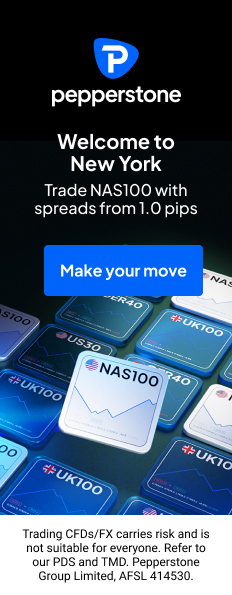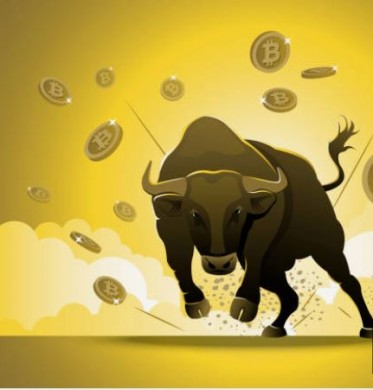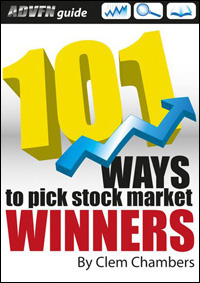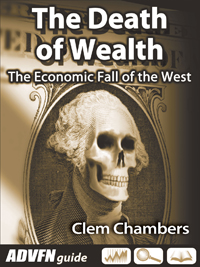Buffett did not want to simply abandon his partners in 1969. He had a powerful sense of responsibility “I will not hand over their money with a ‘good luck’” (Buffett’s letter to partners, May 29th, 1969).

He thus thought through recommendations on where they should put the money they were about to receive from him (if they did not want to invest it for themselves).
His thinking was guided by these objectives:
1.To suggest an alternative fund manager.This person must have both integrity and ability. He/she “will probably perform as well or better than I would in the future (although nowhere close to what he or I have achieved in the past).” (Buffett’s letter to partners, May 29th, 1969).
This is not immodesty – Buffett thought he could never again achieve what he had in the past.
A further criterion is that the manager will welcome even small sums, and thus will accept even the partners of limited means.
2.Partners have the option to receive cash and possibly marketable securities of those companies “where I like both the prospects and price but which partners will be able to freely convert to cash if they wish.”
3.Offer the possibility of maintaining proportional holdings in Berkshire Hathaway and Diversified Retailing. Partners were warned that these two shareholding were “not freely marketable (various SEC restrictions apply to “control” stock and non-registered stock) and they will probably be both non-transferable and non-income-producing for a considerable period of time.”
What would you do?
Fundamentally, he wanted his partners to be free to either take cash or to take shares in one or both small companies where there are downsides of both poor/no liquidity and no dividends. What would you do?
Of course, with hindsight we’d all invest in Berkshire Hathaway and become millionaires from our initial holding of a few thousand dollars.
But at that time, BH consisted of a failing textile business, a small Omaha insurance business that was making returns on capital of about 20% per year, a small bank making good returns, a tiny newspaper and a couple of even smaller businesses.
Diversified Retail was not diversified at all; it was a chain of retail stores selling cheap stuff in mostly in run-down parts of towns.
Cash or that mish-mash? At the time it was not a clear-cut decision.
For many partners however, the factor that swung their decision was the offer of……………To read the rest of this article, and more like it, subscribe to my premium newsletter Deep Value Shares – click here http://newsletters.advfn.com/deepvalueshares/subscribe-1


 Hot Features
Hot Features













